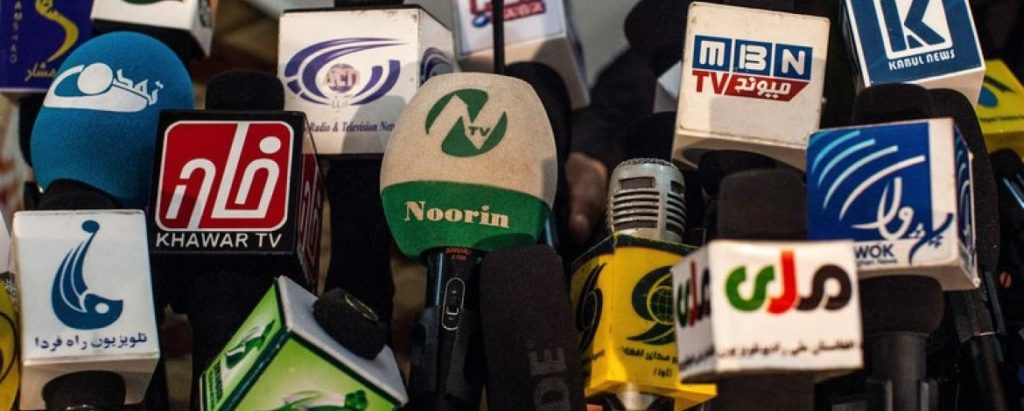The future of media and journalism in Afghanistan is in danger under the rule of Islamic Emerat of Afghanistan (IEA) where it faces illogical restrictions in shape of “media regulations”. The threat of extinction of media outlets has recently been expressed by National Union of Afghanistan’s Journalists (NUAJ). Due to the vague regulations and absence of clear guidelines, journalists are afraid of interviewing Taliban – and even the common people in Afghanistan. Journalists and media outlets are concerned after the alarming statistics revealed by a survey conducted by the NUAJ.
Methodologically speaking the survey was conducted in all 34 provinces of Afghanistan having 500 Afghan journalists as research population (KHAAMA PRESS).
Statistics of the study say;
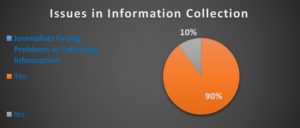
The survey asked question from all of the 500 journalists across Afghanistan about information collection process, only ten percent of the respondents said that they can manage to collect information for their news stories and reports, while the rest of the ninety percent respondents replied that it is almost impossible to collect information for their reports.
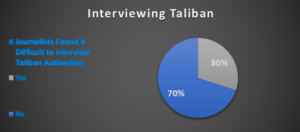
Respondents from all over 34 provinces of Afghanistan were asked about interviewing Taliban for media reports on different issues. Seventy percent of the survey participants expressed that they could manage to interview Taliban, but with a lot of self-censorship. While thirty percent journalists responded that they have difficulties in interviewing Taliban authorities.
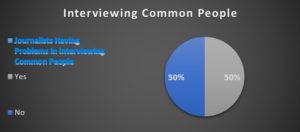
According to the study interviewing common people is difficult for half of the journalists those who were participating in the survey. Fifty percent of the respondents expressed that they almost cannot interview common people due the vague Taliban’s regulatory rules for media coverage. They cannot judge an issues as prohibited to be covered – which means anything can be prohibited at any stage if Taliban authorities and individuals want to.
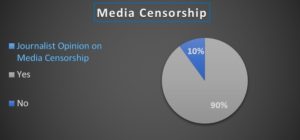
There are two types of censorships prevailing these days in media in Afghanistan; first, the censorship Taliban have declared – though it is based on vague concepts and values; second, self-censorship, means when journalists restrict themselves from covering any issues. The self-censorship is also based on the fear that anything can be fallen in the sphere of the broad and vague guidelines for media regulation by Taliban.
The study discussed the absence of guideline for media coverage and other related legal documents after Taliban takeover. There was a clear legal document for media regulation applied from the past 20 year which was facilitating media outlets and individual (Business Standard). The said document was providing rules for the relationship between the government authorities and media outlets and individuals. The document was helpful in protecting the right-to-information and access to information.
Since more than 70 percent of media outlets in Afghanistan have stopped their operations due to Taliban imposed restrictions on access to information, which caused them economic despairs (Free Press). In this connection the NUAJ members expressed their fear that due to lack of clear guidelines will cause closure of more media outlets in coming days in Afghanistan.
On October 1, 2021 Human Rights Watch published a report on situation of media in Afghanistan which was talking about Taliban imposition of restrictions on media. According to the report Taliban’s Ministry of Information and Culture during a meeting with journalists in Kabul last year in September, handed over the so-called media regulations which was purposely kept so broad and vague to restrict any kind of criticism on Taliban. Keeping the vague nature of the document in mind, journalists had to either self-censored themselves or stopped reporting.
The Human Rights Watch has mentioned some main features of the Taliban regulation i.e. prohibition of printing or broadcasting reports that are “contrary to Islam,” “insulting national figures,” or “distorting news content.” According to the media regulation by Taliban, journalists should “ensure balanced reporting” and should not report on “matters that have not been confirmed by officials” or issues that “could have a negative impact on the public’s attitude.” Furthermore the detailed reports prepared by media outlets should be coordinated with the new governmental regulatory body before publication.(Human Rights Watch)
Moreover working environment is not conducive for female journalists anymore, under the Taliban rule. The study included experience of Farkhunda, a female journalists working for five years in the field. She believes “whenever female journalists go to sites to cover the events and take information, they are denied by the ministries and the deployed Taliban”.
To cut a long story short the Taliban’s “media regulation” would lead to complete closure of all media outlets in Afghanistan. The regulations have already been declared by the National Union of Afghanistan’s Journalists as the mere “restrictions” and denial of “access to information” in Afghanistan. In the time of Taliban tyranny the Union had to launch the study purposely to highlight alarming situation before the international community and the global democracy regarding the freedom of expression and press. “Freedom of speech” is the most celebrated concept across the globe but unfortunately the people of Afghanistan are deprived of it, since the fall of Kabul last year.
Note: The above pie charts are prepared on the basis of statistics collected from news reports about launching of survey by National Union of Afghanistan’s Journalists in Kabul on January 17, 2022.
